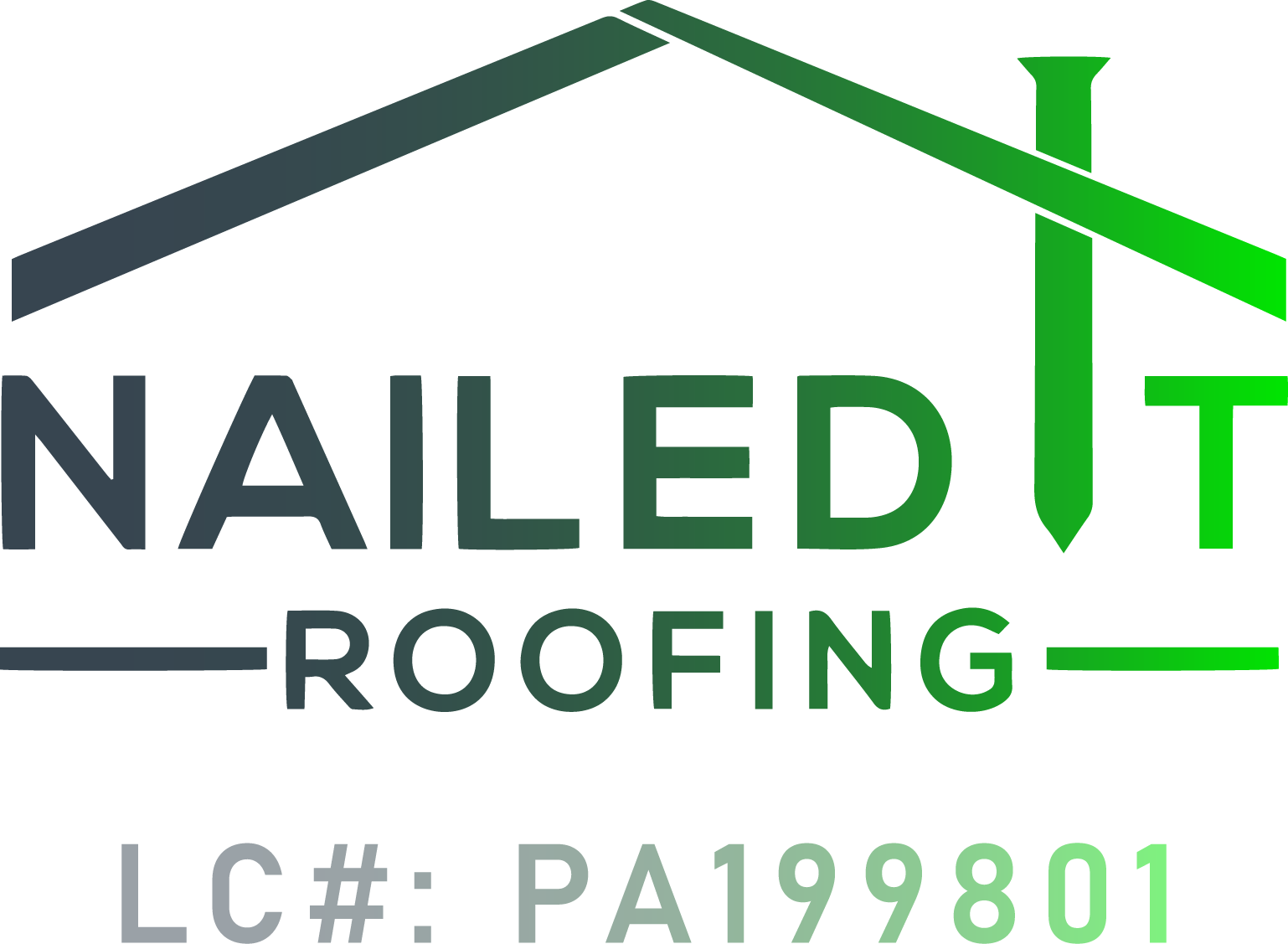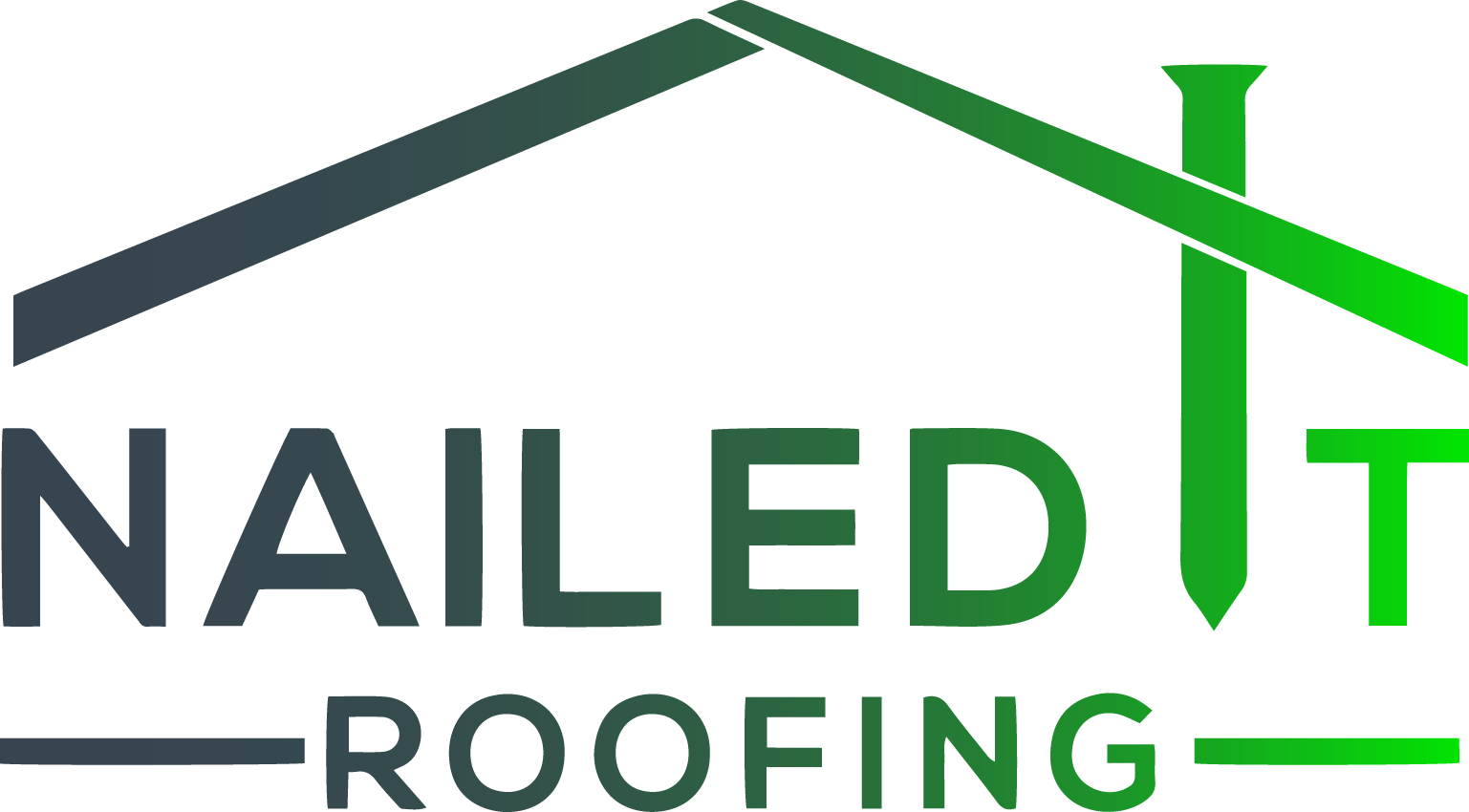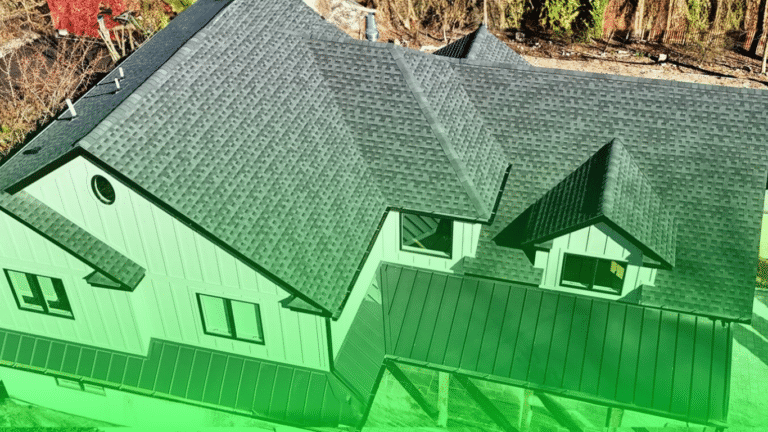Your roof is built to handle the elements — but even the toughest materials can wear down after years of exposure. From blistering summer heat to harsh winter snow, weather is one of the biggest enemies of your home’s roofing system.
Here’s how different weather conditions affect your roof over time — and how to protect it from long-term damage.
🌞 1. Heat and Sun Exposure
Over time, UV rays from the sun break down roofing materials. This can cause shingles to:
- Dry out and become brittle
- Fade and lose their protective granules
- Crack, curl, or blister
Hot temperatures can also accelerate the aging of underlayment and roof decking. If your attic lacks ventilation, the problem gets worse — trapped heat bakes your roof from the inside out.
Tip: Consider installing UV-resistant shingles and proper attic ventilation to prolong roof life.
🌧️ 2. Rain and Moisture
Rain itself isn’t harmful if your roof is in good condition — but over time, it can wear down vulnerable areas, especially around:
- Flashing and valleys
- Chimneys and skylights
- Poorly sealed edges
If water seeps under shingles or into the decking, it can lead to rot, mold, or structural damage — often without showing signs until it’s too late.
Tip: Regular inspections help catch small leaks before they become major repairs.
❄️ 3. Snow, Ice, and Freezing Temps
Winter weather puts extra stress on your roof:
- Snow accumulation adds weight that can strain support structures.
- Ice dams form when melting snow refreezes near gutters, causing water to back up under shingles.
- Freeze-thaw cycles expand small cracks into bigger issues.
Tip: Keep gutters clear and make sure insulation and ventilation are balanced to reduce ice dam formation.
🌬️ 4. Wind Damage
Strong winds can lift or tear shingles, especially near ridges and edges. If nails or adhesives fail, entire sections of your roof can be peeled off during a storm.
High winds also send debris flying — like branches or loose items — which can cause impact damage or gouge the shingle surface.
Tip: After any major storm, have a professional inspect your roof for damage, even if it looks fine from the ground.
🌪️ 5. Hailstorms
Hail is one of the most damaging weather events for roofing materials. It can:
- Crack or shatter shingles
- Knock off granules (reducing UV protection)
- Dent metal roofs or flashing
- Create invisible punctures that later lead to leaks
Tip: Document storm damage immediately — especially for insurance purposes — and get a professional evaluation.
🔄 What Can You Do to Protect Your Roof?
✅ Schedule annual roof inspections
✅ Keep your gutters clear of debris
✅ Trim overhanging trees
✅ Make small repairs before they become costly
✅ Choose weather-resistant roofing materials
🧰 Final Thoughts
Your roof takes a beating all year long — and while it’s built for the job, no roof lasts forever. Whether it’s rain, wind, or heat, weather plays a major role in how long your roof lasts and how well it protects your home.
At Nailed It Roofing, we’re here to help you stay ahead of costly problems with free inspections, honest recommendations, and high-quality repairs and replacements.
📞 Call us today at (267) 777-8221 to schedule your checkup — and keep your home protected, rain or shine.
Frequently Asked Questions
Can the sun really damage my roof?
Yes. Prolonged exposure to UV rays can dry out shingles, cause them to crack or curl, and break down the protective granules. This leads to premature aging and reduces your roof’s ability to protect your home.
How does rain cause roof damage?
While your roof is designed to shed water, rain can seep into vulnerable areas — like damaged flashing, lifted shingles, or clogged gutters — eventually causing rot, mold, or leaks.
What are ice dams and why are they dangerous?
Ice dams form when melting snow refreezes at the edge of your roof, usually above the gutters. This can trap water underneath shingles and force it into your attic or walls, leading to water damage and mold.
How can I tell if wind has damaged my roof?
Signs of wind damage include missing or lifted shingles, loose flashing, or debris on the roof. Sometimes the damage isn’t visible from the ground — that’s why a professional inspection is recommended after strong storms.
Does hail always leave visible roof damage?
Not always. Hail can cause dents or knock off granules without obvious cracks. These types of damage weaken your shingles over time and increase the risk of future leaks.
Can extreme temperature changes damage my roof?
Yes. Freeze-thaw cycles can expand small cracks in shingles or flashing, making them worse over time. Proper insulation and ventilation help reduce these effects.
How often should I inspect my roof for weather damage?
Ideally, once a year — plus anytime after a major weather event like hail, high winds, or heavy snow. Catching damage early prevents small problems from becoming major repairs.
What roofing materials handle harsh weather the best?
Architectural asphalt shingles, metal roofing, and synthetic composite materials tend to hold up well in extreme weather. Your local climate and budget will help determine the best option for your home.
What should I do if I suspect weather damage on my roof?
Call a licensed roofing contractor to schedule an inspection. Don’t wait — water damage can get worse quickly and may affect your ability to file an insurance claim.
Will my insurance cover weather-related roof damage?
Most homeowners insurance policies cover damage caused by storms, hail, wind, and other sudden events. Routine wear and tear or lack of maintenance is typically not covered.





